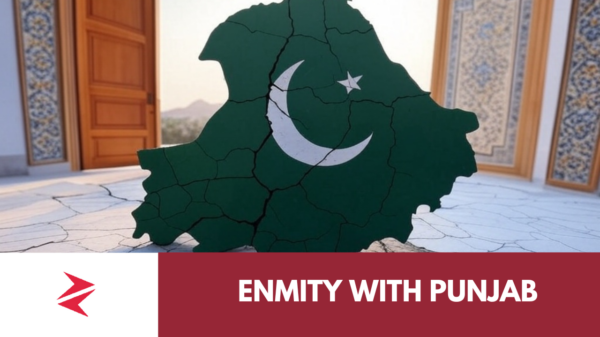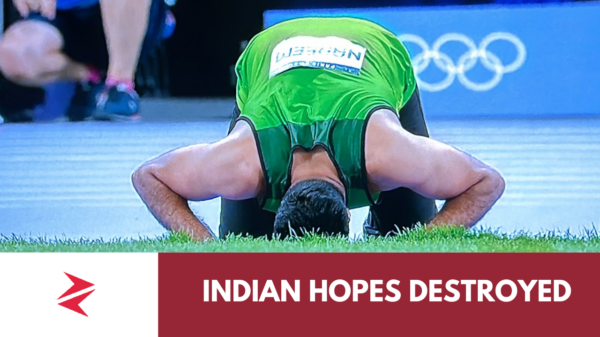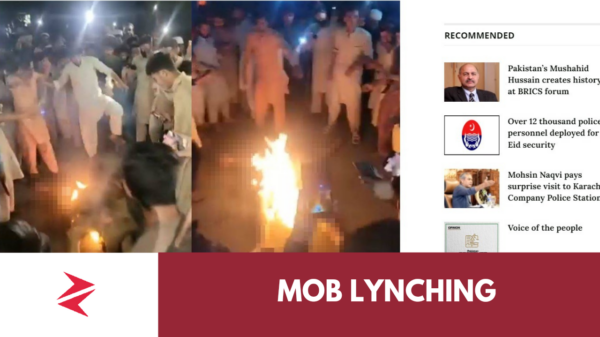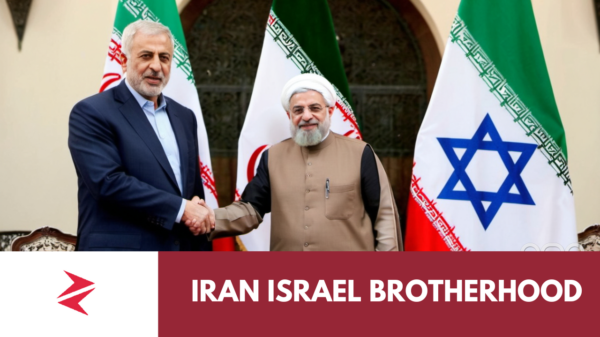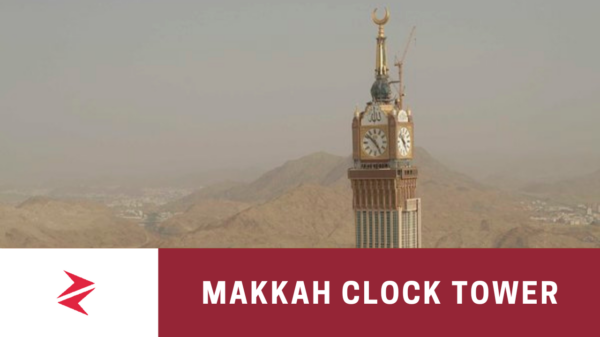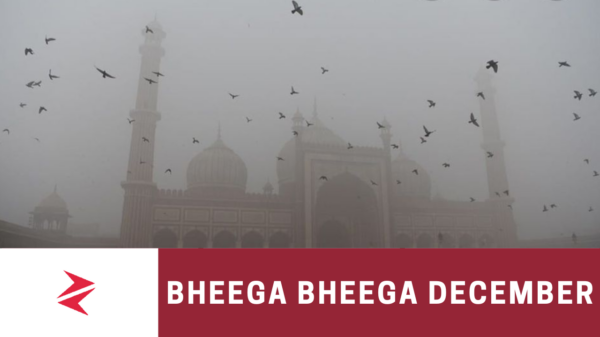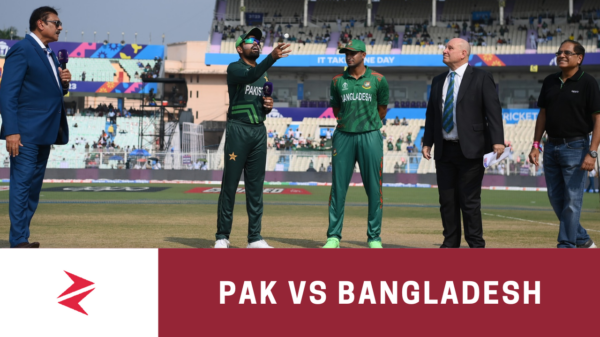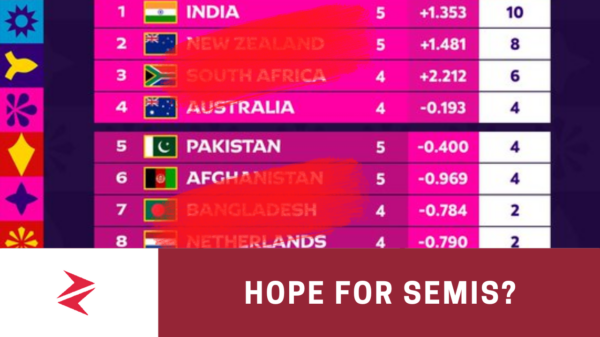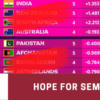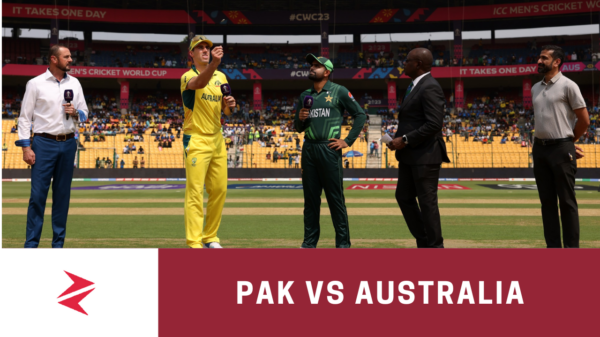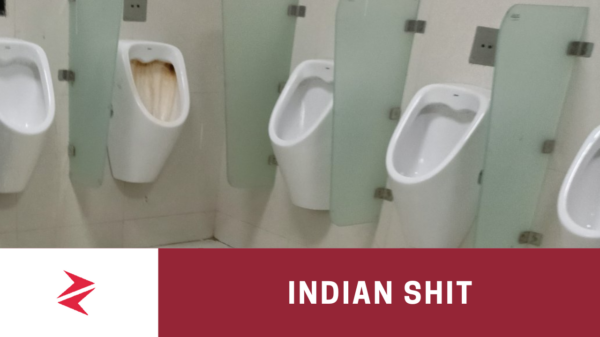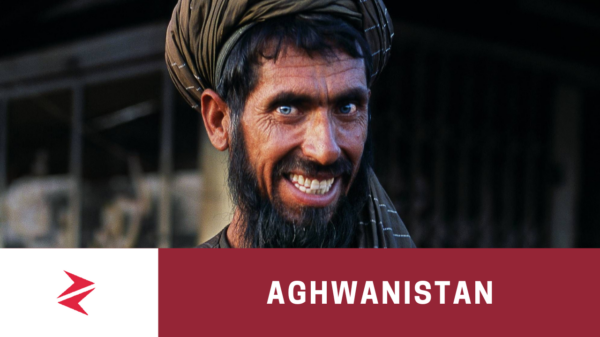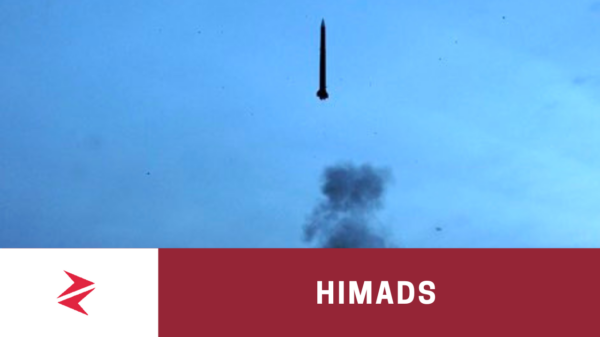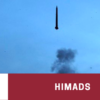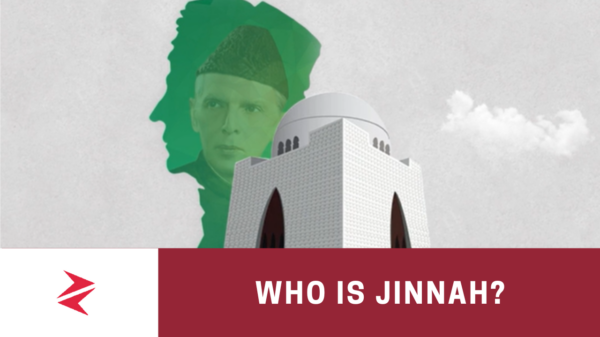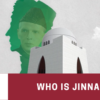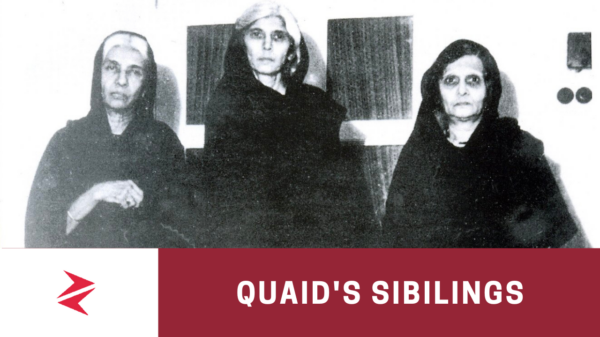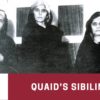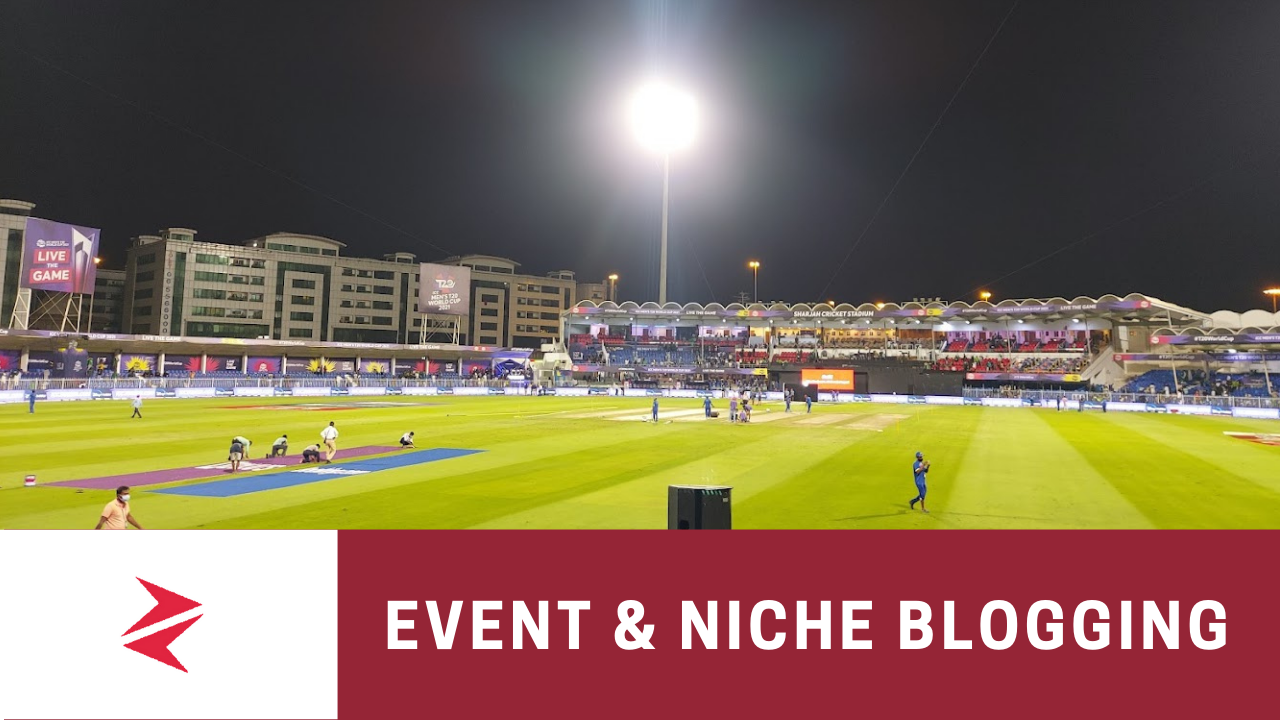- Ahsan Beach
- Bolan Pass
- Cave City
- Chandragup
- Churna Island
- Cliff
- Gadani Beach
- Gomal Pass
- Great Sphinx
- Gwadar Beach
- Gwadar West Bay Beach
- Hanna Lake
- Hinglaj Mata
- Hub Dam
- Khojak Pass
- Koh-i-Chiltan
- Koh-i-Takatu
- Makran Coastal Range
- Mari Chak
- Meeri Kalaat
- Mizri Ghar
- Pir Ghaib
- Pinjra Bridge NH-65
- Princess of Hope
- Quaid-e-Azam Residency
- Surbandar Beachside
- Toba Kakar Range
- Zarghun Ghar
10. Kerthar area among historical places to visit in Pakistan
The Kirthar range extends from Sindh to Balochistan, forming a natural boundary between the two provinces. This mountain range encompasses notable peaks such as Gorakh Hill (5700), Kutte Ji Qabar (6877), and Bandu Ji Qabar (7112). Renowned for its breathtaking beauty and rich history, this region spans 150 miles and offers an array of streams, springs, and historic sites, making it an ideal destination for tourists. However, it’s unfortunate that few visitors choose to explore this area. The local population eagerly welcomes tourists and aims to improve the area’s appeal.

 11. Gorak Hill one of the Pakistani beautiful places
11. Gorak Hill one of the Pakistani beautiful placesSnowfall in Sindh may sound like a fantasy, but it’s a reality in one particular location. In Gorakh, a scenic plateau nestled at an altitude of over 5,688 feet, snowfall occurs during winter months. In fact, in 2008, the entire mountain range was blanketed with snow. Gorakh is part of the Kirthar Mountain Range, which spans the border between Sindh and Balochistan in the western region. It’s ranked among the top tourist destinations in Pakistan.
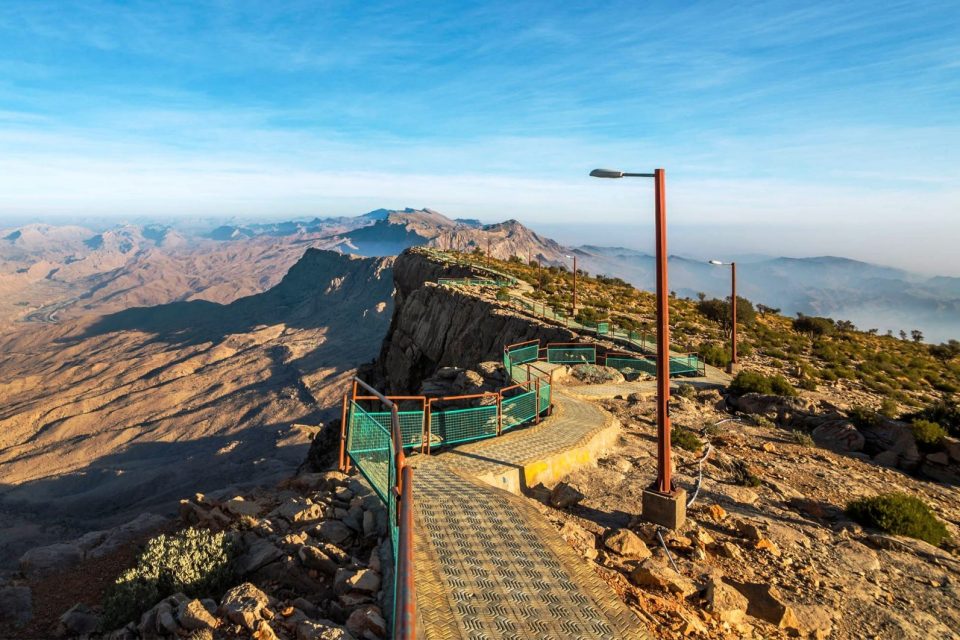
 12. Rural areas near Punjab river
12. Rural areas near Punjab riverPunjab is endowed with numerous blessings, including fertile land and verdant farms. Nature has bestowed upon Punjab a spectrum of colors in every season, with vibrant hues of spring emerging as winter fades away. According to Syed Mehdi Bukhari, Sialkot, a city situated near the banks of the River Chenab, is renowned as a hub of artisans and ranks among the top destinations to visit in Punjab, Pakistan. It’s possible that not only the soils bordering this river, but also the inhabitants residing along its banks owe their fertility to the Chenab. Influential figures such as Iqbal, Faiz Ahmed Faiz, Shev Kumar Batalvi, and many other prolific minds trace their roots back to this region. The River Chenab originates from Marala, located 24 kilometers from the city of Sialkot.

 13. Ghanche District, Gilgit Visiting Places–Baltistan
13. Ghanche District, Gilgit Visiting Places–BaltistanIn Gilgit-Baltistan, the Ghanche district stands apart with its stunning valleys, settlements, and welcoming locals residing amidst river-irrigated lands. At the heart of the district lies Khaplu, a picturesque landscape boasting towering peaks, azure waters, and cascading waterfalls. The inhabitants of this quaint settlement along the banks of the River Shyok are as warm and hospitable as they have been for centuries. Continuing beyond Khaplu, a winding road leads to the delta of the River Shyok, where it branches off, meandering through the gravel-filled river plain. In the backdrop, the majestic peak of Mashabrum mountain looms large, completing the breathtaking scenery.


 14. Ranikot Fort among best tourist places in Pakistan
14. Ranikot Fort among best tourist places in PakistanRanikot, boasting a circumference of approximately 26 km, holds the title of being the largest fort in the world. However, despite its grandeur, authorities have yet to develop it into a major tourist attraction. Accessing this fort is relatively easy from Karachi via the National Highway. Departing from Karachi, travelers can head towards Dadu on the Indus Highway, which offers smooth and well-maintained roads. After reaching San, the hometown of Sindhi nationalist GM Syed, a short distance away lies a divergence point where a weathered sign indicates Ranikot is about 30 km ahead. Despite the road conditions being subpar, the distance can typically be covered in 30 to 40 minutes.
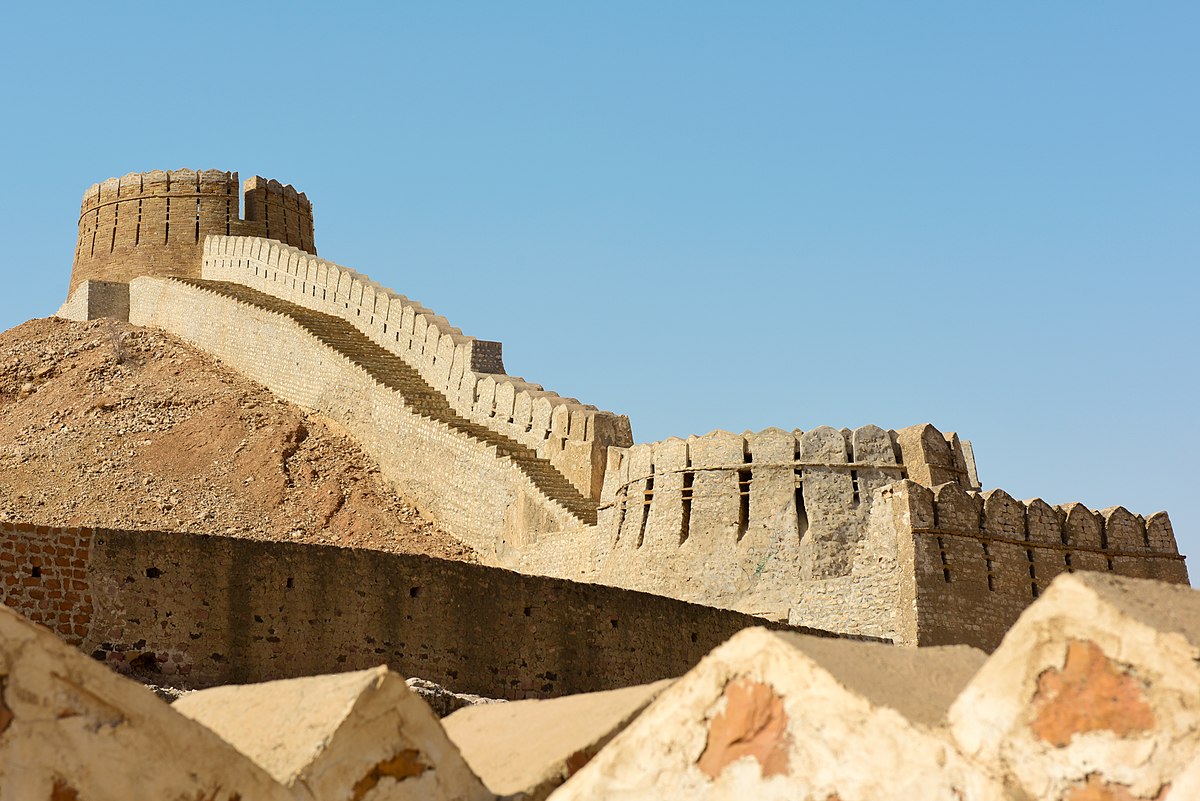

 15. Bahawalpur – The Beauty of Pakistan
15. Bahawalpur – The Beauty of PakistanBahawalpur, a city situated along the left bank of the Sutlej River, was once a princely state in Punjab. It holds a wealth of historic buildings, monuments, and parks, many of which are unfamiliar to most. Known for its lush gardens that provide a soothing sight, Bahawalpur also features magnificent palaces that never fail to leave a lasting impression on visitors. As we compile this remarkable Pakistan tour guide, Bahawalpur’s desert areas and opulent palaces stand out as notable attractions.


 16. Mubarak Village Karachi Pakistan
16. Mubarak Village Karachi PakistanMubarak remains the second largest fishermen village in Karachi. Bordering with Gadani in Balochistan, the landscape offers a stark contrast of golden hills and turquoise clear waters. Away from the city frenzy, this place welcomes you with warmth. Upon parking near the shore, you’ll find numerous boats anchored, floating on crystal-clear waters under the expansive blue sky.


 17. Islamabad Pakistan – The Beautiful
17. Islamabad Pakistan – The BeautifulIslamabad, the most beautiful city in Pakistan, ranks as the second most beautiful capital in the world. It’s the best place to visit in Pakistan to experience and understand its culture.























